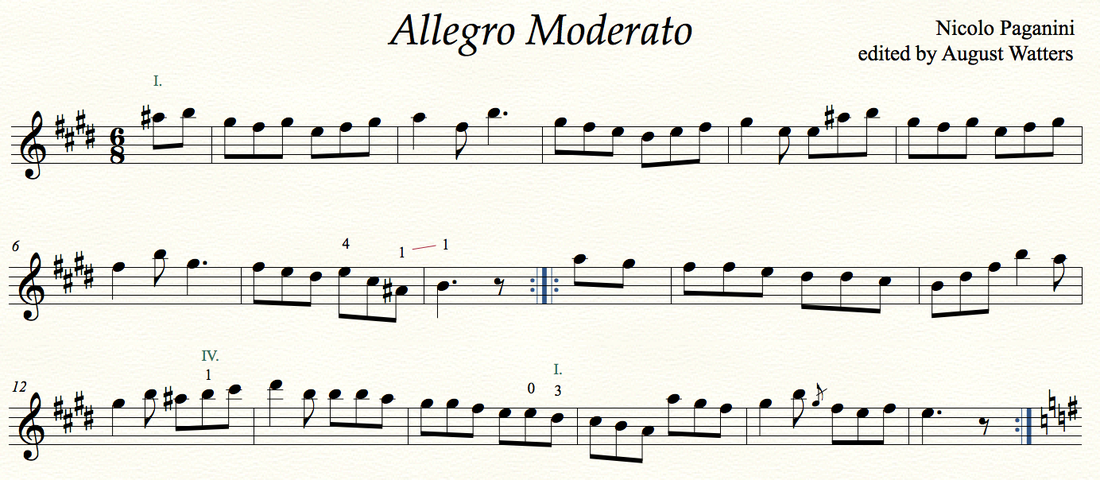These anecdotes hint at some of the improvisational languages within classical music traditions. It’s well-documented that improvisation was an essential part of a classical musician’s toolkit, through the 18th century. Yet somehow, today, the word “classicist” is sometimes used to describe someone who doesn’t improvise.
The state of classical mandolin education today would probably reinforce that misperception. Both the German and Italian educational systems have highly-developed curricula for classical mandolin, but to my knowledge neither has yet devised a systematic approach to teaching improvisation through the classical idiom. The same is true in America: although a uniquely American strain of classical mandolin flourished briefly at the turn of the 20th century, no formalized educational approach has yet been devised to explore this music or its improvisational component. Perhaps as more of this music is recovered, we’ll get a better view of the improvisational language of those early American mandolinists.
The role of improvisation in classical mandolin history is somewhat speculative, but it’s fair to say that mandolinists were part of the same improvisational traditions as other instrumentalists of the day. We can find some strong evidence of improvisation in classical mandolin by reading between the lines of Paganini’s “Allegro Moderato.”
Paganini’s father was a mandolinist, and so mandolin became Paganini’s first instrument. “Allegro Moderato” is among his first compositions, and one of his few surviving mandolin works. It consists of four 8-measure sections. The first two look like this:
Ornamentation, however, was not the only improvisational language of the day: in an upcoming blog post we’ll look at a theme-and-variations approach to improvisation and composition. Later on we’ll look at mandolin’s potential to join the baroque continuo – the improvised accompaniment of baroque music, performed by what today we might call a “rhythm section.” It’s not as far-fetched as it sounds: we do have evidence that early fretted instruments participated in the continuo, and read figured bass, the “chord symbols” of the day. Learning to improvise accompaniments in baroque style on mandolin, mandola and mandocello is only a matter of mastering that language.
So how about it, improvising mandolinists? Let's get down to it! As we dig deeper into our instrumental traditions and extend them into the future, we'll find plenty of room for creative improvisation within classical mandolin.


 RSS Feed
RSS Feed